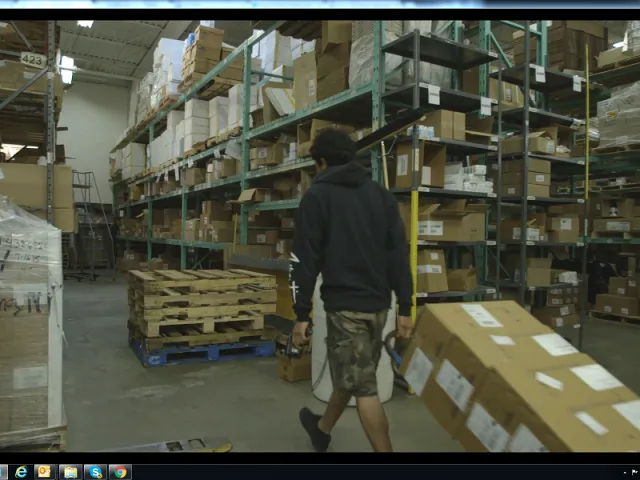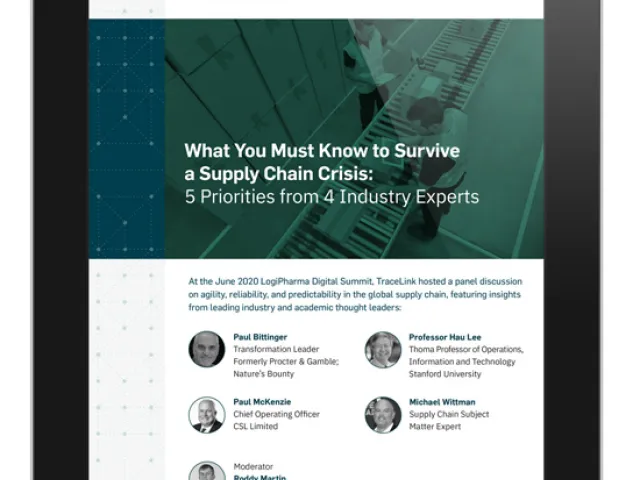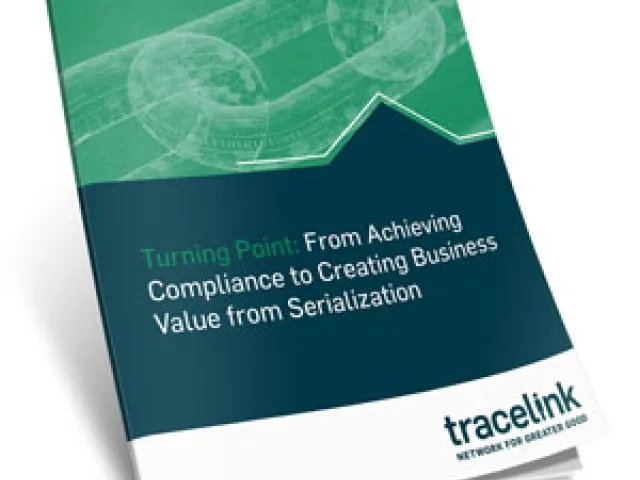Table of contents
Now that you have a sense of what aggregation would mean throughout your facilities, it is important to decide if and how you will enable it. To come to an informed conclusion and start to shape your strategy, here are five things to evaluate:
1 – What are your market requirements?
How many of the countries in which you currently sell product require aggregation? Be sure to look beyond compliance demands for the most imminent deadline – some markets will phase aggregation in over time. You also need to evaluate what markets you’re likely to move into and their aggregation mandates.
If at least some of your markets require it, then at least a portion of your lines will need to support it. In that case, you may want to weigh upgrading costs against operational simplicity: some manufacturers are deciding to enable aggregation across the board since having different line setups and processes for different facilities adds complexity. And some have designed aggregation capabilities into their packaging lines, but have initially only implemented item level serialization. This approach may help avoid re-design in the future.
2 - What are your trade partner preferences and requirements?
What are your wholesale distributor customers expecting in terms of aggregation? Most distributors are advocating for it. Aggregation would improve their inventory management capabilities and bring substantial efficiencies to their businesses.
With serialization, wholesalers will be able to identify inventory down to the specific unit and track it internally. With aggregation, they could do that for both opened and sealed cases, as well. It would greatly simplify cycle counting, which wholesalers periodically do to check their physical inventory against what their system thinks they have. Aggregation would allow them to scan just the pallet or case - depending on the hierarchy level - and instantly know the identities of all the individual units. In a similar vein, aggregation would facilitate verification requests from a regulator or trade partner; if the distributor has a sealed case, they wouldn’t have to open it up to determine if the product in question is inside.
Understand how wholesalers would use aggregation hierarchies and how it impacts their business processes, and then ask your partners. Some downstream businesses may actually refuse to take the non-aggregated product or require a surcharge to accept it.
3 – How do your products and competitive landscape factor in?
For generic or highly competitive product, will trade partners have a preference for aggregated product if it makes their receiving and internal processes easier? Even if you manufacture an innovator drug, you still may face uncomfortable pressure from major distributors. Some manufacturers are enabling aggregation even when their markets don’t require it in case it gives them a leg up on the competition.
4 – If you enable aggregation, at what point does it make sense to do it?
What happens to your products in your own distribution center? Some companies focus on building aggregation hierarchies at the line, but those hierarchies are promptly disrupted when they get to the distribution center and staff
Make an informed decision based on your business needs. If there is
5 - Does your serialization solution enable aggregation?
Even if you’re undecided about aggregation or are not enabling it now, you should still plan for it from a solutions perspective. Choose a serialization infrastructure with full aggregation capabilities in case your market needs – or the regulations for the markets in which you currently do business -- change. You will want a solution that can aggregate and manage all the related events such as disaggregate, decommission, destroy, reaggregate, replace items reset container aggregation, and more.
Aggregation is likely to be a factor in many markets for years to come. Evaluate all these factors, and build for the future so your business is well positioned for whatever regulatory developments come along.








